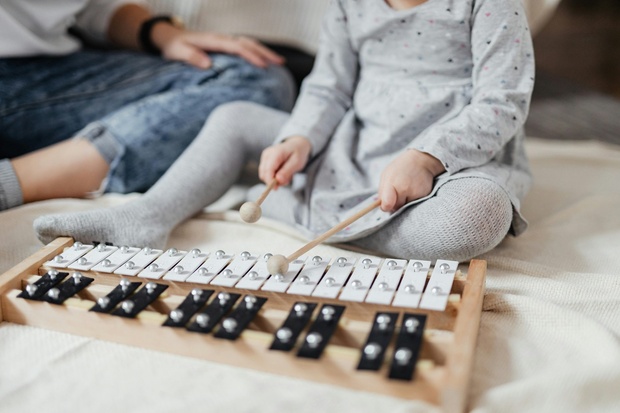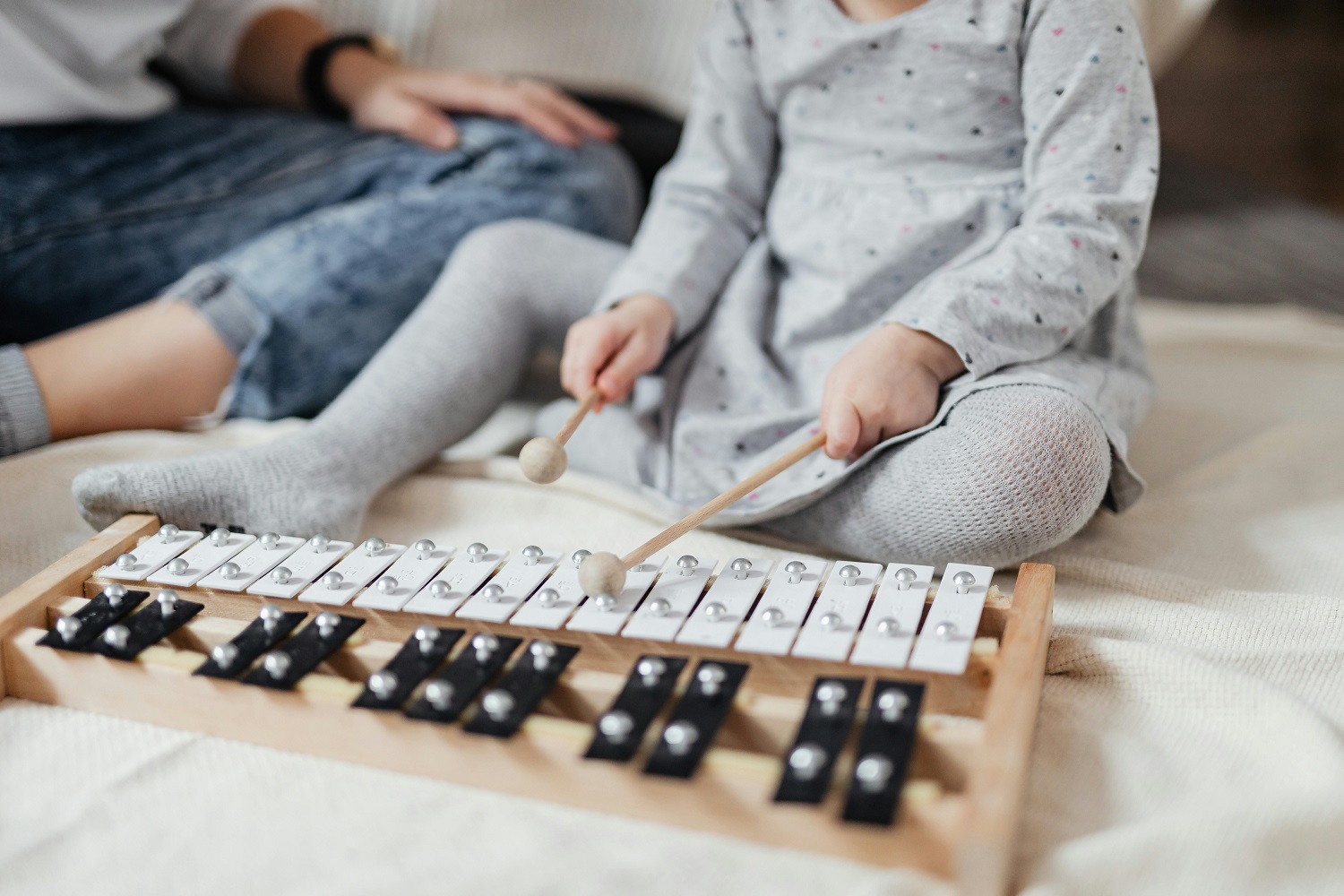Aelyth Harrison is undertaking a Master of Music Therapy at Te Herenga Waka – Victoria University of Wellington, after working in education support at a specialist school.
Having seen first-hand, the benefits of music therapy in a school setting, for a range of disabilities, Harrison was keen to learn more.
Currently on placement at the university’s Autism Clinic, Harrison works with children under 12 years, and through music and play-based therapy, assesses their interests, gains insight into their development, while helping parents create a supportive home environment.
“I have been doing individual music therapy sessions for most of the year, as well as facilitating one of the clinic’s other programs,” she tells EducationHQ.
“And recently, just to finish with a bit of a bang, we’ve run a school holiday session which was like a one-off, short-term assessment group session for about 26 kids and their families.”
Harrison explains the approach taken at the clinic is the antithesis of the idea that you must fix autism, or stop certain behaviours.
“We work from a standpoint of understanding the child’s differences and try to explain things from a strengths-based, person-centred viewpoint when sharing information with families or other people around the child,” she says.
A typical music therapy session lasts 30 minutes, and each session is opened by singing the same familiar waiata to help establish a routine.
Then the child moves into different forms of musical play, depending on what goals have been set.
Harrison says she’s had some great success encouraging interactions with children who were ordinarily less engaged.
“So I had one kid who had been moving between activities quite quickly, he would decide he was done after two rounds of a song or a game and leave the room.
“But then we introduced an electronic keyboard and he kind of explored it a little bit and had some really sustained interest in figuring out what all of the buttons did,” she says.
“Then he initiated this game where he would start a demo track and then have this really big reaction to it and be like, ‘whoa!’, cover his ears and look at his mum and I in the room and we would also have to have a big reaction.
“Then he would stop it and he’d grin at us and then he’d do it again.”
She recalls another example where a child began simply playing with a drum, without much awareness of Harrison or any back-and-forth communication skills.
“Now they’re having direct back-and-forth interactions with me where we both play at the same time, watch each other closely, and then stop at the same time,” she says.
Harrison hopes to find meaningful work in the music therapy field after she completes her Masters.
“This year, at the clinic especially, they have a really mana-enhancing, autonomy-focused, neurodiversity-affirming approach, so I’d really like to continue developing that in my practice,” she says.
She also hopes to see greater awareness around the benefits of music therapy, and better access to publicly funded music therapy.
“There are a few routes, especially for kids who have individualised funding or ORS funding in New Zealand, but a lot of families, if they want to pursue it they have to access private music therapy and that can be pretty expensive.
“So I think more awareness hopefully leads to more funding.”















